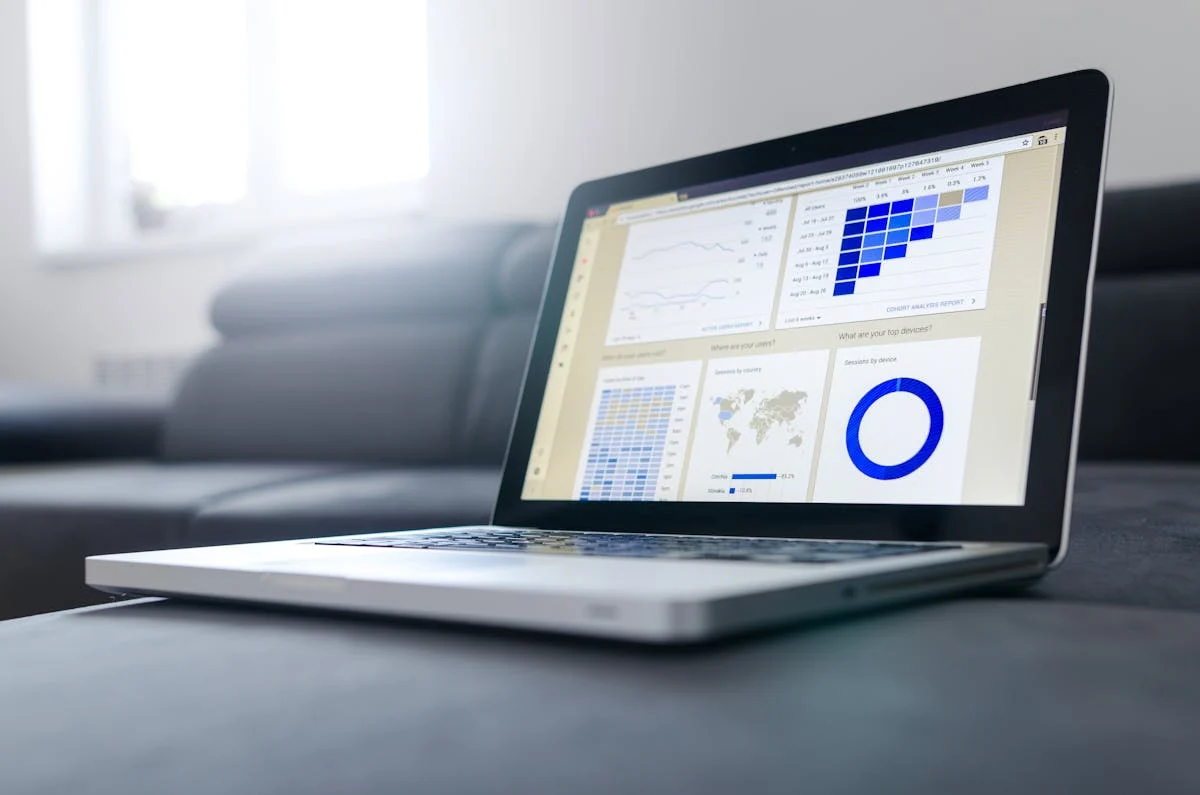
Flat Pricing or CPM? How to Price Local Advertising (Updated for 2021)
The world has changed for online publishers. Smart, flexible, understandable pricing is still the key to sustainable growth for most online magazines and local news publishers. However, advertisers in 2021 are demanding more value than ever before. Answering the question, “how to price local advertising”, is now both a science and an art.
Years of dealing with the large ad networks have left many smaller publishers with the incorrect assumption that CPM-based pricing is the only option available. That’s just not true. Flat pricing is now seen as the best way to go for publishers dealing with local businesses.
CPM pricing is still popular among the largest publishers. However, the model presents obstacles for smaller websites. CPM pricing is a variable model, where advertisers pay based on the number of impressions. CPM is an acronym for Cost-Per-Thousand. (The “M” represents the Roman numeral for 1,000). The listed CPM amount reflects the cost the advertiser pays for 1,000 ad impressions on a webpage. For example, if a publisher charges $4 CPM, then the advertiser would pay $4 for every 1,000 impressions.
Why did CPM become less popular during the Covid-19 pandemic? This method lacks the predictability most publishers and advertisers need, especially now.
In order to sustain continued business growth, businesses need a consistent stream of revenue. It’s tough to make payroll and meet all the other financial demands that come with being a business owner. This becomes even more difficult when revenue is built on a variable component, like impressions and page views. This became especially obvious during the COVID-19 pandemic. Many publishers have a renewed focus on predictability in profitability, and flat rate pricing is the answer many are looking for.
Facebook’s frequent changes to its advertising and news feed algorithms have furthered concerns about using a CPM model to price local advertising. What happens if Facebook’s adjustments lead to a decrease in referral traffic? What if changes in Google’s search results or new privacy restrictions make it harder for readers to land on a publisher’s website? Publishers who are paid based on the number of impressions could be looking at a significant drop in revenue in these scenarios.
Growing concerns over the power of Silicon Valley giants to determine journalist’s futures have driven publishers to explore flat-rate pricing. Flat-rate has become so popular that we dove into the topic in our popular eBook, Ten Advantages: How Magazine and Hyperlocal News Publishers Will Win In the Era of Facebook and Google.
Flat rate pricing is as simple as it sounds. Publishers set their prices—for example, $5,000 per month for a banner ad on the homepage—and advertisers go into each campaign knowing exactly what to expect. Instead of wasting time explaining how much 100,000 impressions will cost at $10 CPM, sales reps can spend their time reaching out to new prospects and following up with any advertisers who are still on the fence.
The benefits of using the flat-rate model to price local advertising include:
- More predictable revenue stream
- Easier for advertisers to understand
- Keeps the focus on value, rather than pricing
Small advertisers will still ask what kind of ROI they’re getting from digital campaigns. However, sales reps who utilize a flat-rate pricing strategy will have an easier time explaining how their advertising packages work.
Taking traffic, impressions, and page views out of the picture, sales reps can focus on the value and the brand building that comes along with advertising with a popular publication. What local sales reps can’t deliver in traffic guarantees, they can deliver in prominence and value-add.
Let’s look at how hyperlocal news publishers are using flat-rate pricing to meet revenue goals in 2021.
Let’s say a publisher has a revenue goal of $500,000 and has five major website sections. They would need to bring in $100,000 per section, per year, or just over $8,000 per section, per month.
A few ideas for how the publisher could reach those goals:
- Find five advertisers to sign up for a roadblock for each section at $1,600 per month
- Sell 10 sponsored articles each month at $500 a piece
- Charge $2,000 for a wallpaper ad that inserts itself in the full background of a page the day before a special community event
With flat-rate pricing, publishers have complete flexibility over how much they charge, and they can raise or lower pricing based on demand. Publishers who price local advertising this way have found success in 2020. However, it’s clear the positives of the approach extend well beyond the scope of 2020/2021.
To learn more about the top advertising strategies being used by digital publishers in 2021, check out 5 Alternatives to IAB Banner Ads and Why They Work.
Subscribe to Our Blog
Stay up to date with the latest marketing, sales, and service tips and news.


